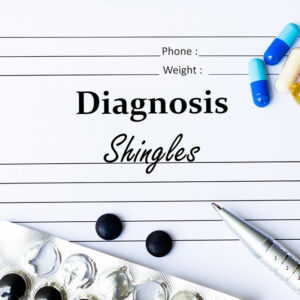
01
All You Need to Know about Chronic Bronchitis
The flu or a cold runs its course in a couple of weeks. But sometimes an individual may suffer from bronchitis as well. That’s when the bronchial tubes that carry air to the lungs get infected and swollen. One ends up with a nagging cough and a lot more mucus. An individual may get bronchitis in other ways too, usually, they are of two types, namely, acute bronchitis and chronic bronchitis. Acute bronchitis is the more common type of bronchitis. The symptoms last for a few weeks, but it does not usually cause any more problems past that. Chronic bronchitis is more serious, and it keeps coming back or doesn’t go away at all. It’s one of the conditions that make up what’s known as the chronic obstructive pulmonary disease (COPD). Chronic bronchitis can be treated at specialized treatment centers for the condition. Understanding chronic bronchitis Chronic bronchitis is a persisting infection and inflammation of the bronchi—larger airways of the lungs. There are two main bronchi in the lungs, namely, the right bronchi and the left bronchi. These two bronchi divide from the trachea. Chronic bronchitis occurs as a part of the disease complex, COPD, which also includes small airways disease and emphysema. The bronchial tubes when inflamed produce a lot of mucus and this leads to difficulty in breathing and coughing. Chronic bronchitis refers to daily mucus production and a chronic cough for at least three months of two or more consecutive years. Smoking cigarette is one of the most common causes of chronic bronchitis. However, breathing in fumes, air pollution, or dust over a long period may also cause it. Chronic bronchitis is a long-term condition, which keeps coming back or never completely goes away. Risk factors for chronic bronchitis Chronic bronchitis can affect men and women of all ages, but it tends to be more common in middle-aged men.
Read More 










